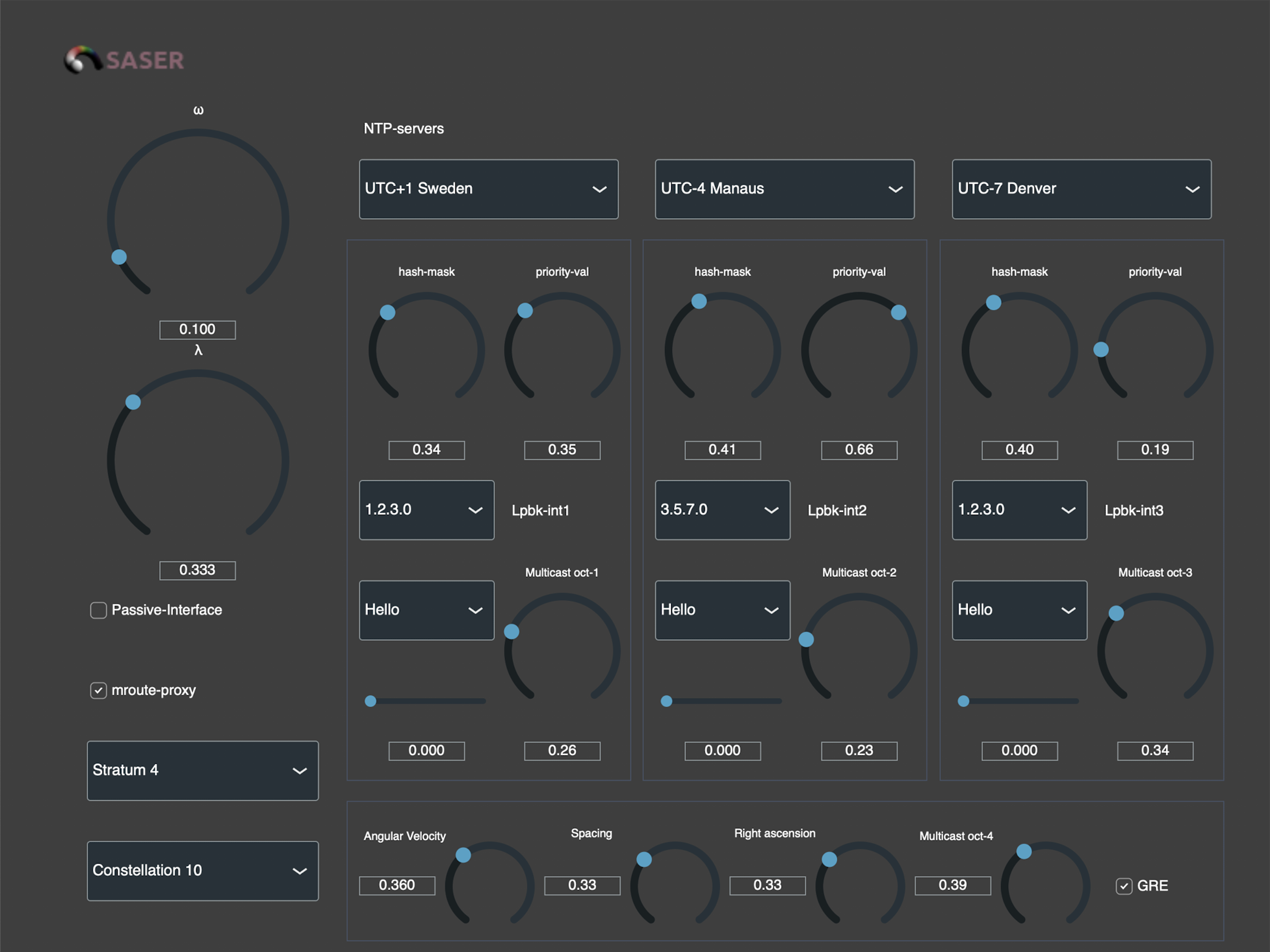SASER for iPhone and iPad in the App Store Hyperbolic software-defined radio SASER is now available for all modern Apple platforms. Starting with iOS and iPadOS 16.2, as well as macOS Ventura 13.1 (Apple Silicon), you can purchase this application from the global Apple App Store at the link below: The SASER 2.0 version available on the App Store has…
